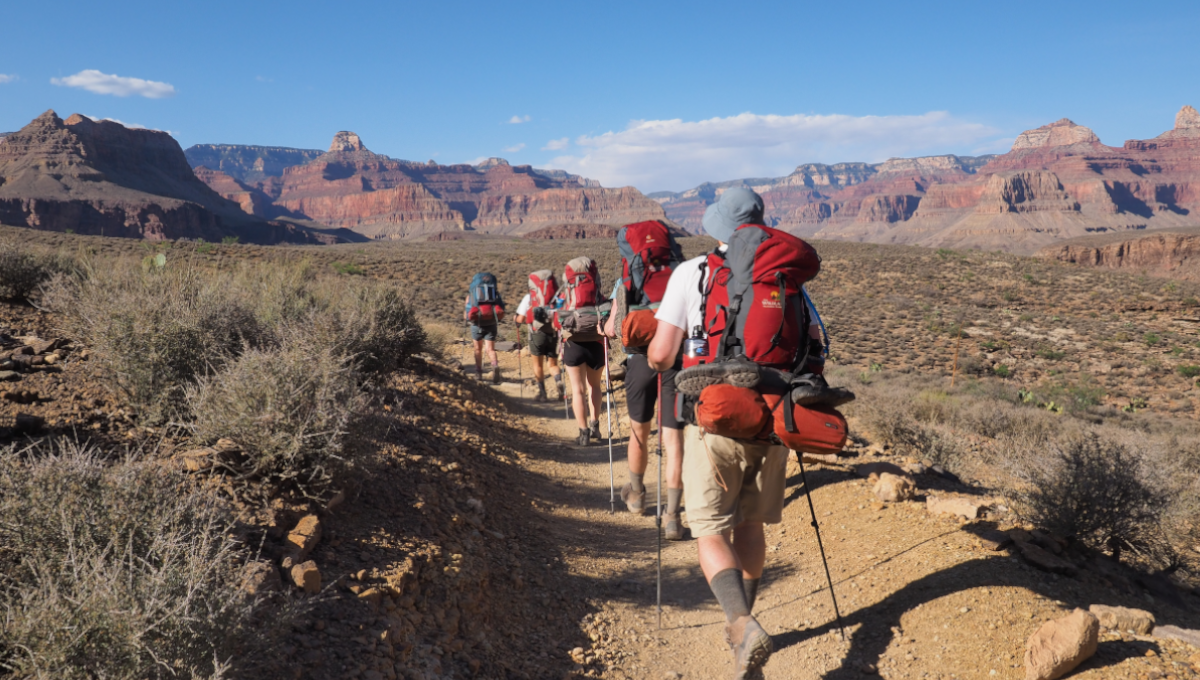
Between April 1 and June 17, 2022, at least 222 rafters and backpackers became infected with acute gastroenteritis, most likely norovirus, according to the Centers for Disease Control and Prevention (CDC). This is the largest outbreak of acute gastroenteritis documented in the Grand Canyon National Park backcountry.
Preliminary analysis of illness characteristics and portable toilet specimen test results suggested norovirus as the primary causative agent of illness. Norovirus spreads quickly through person-to-person contact and contaminated food or beverages and can persist in the environment. The bacteria can live for days to weeks on hard surfaces.
River outfitters and National Park staff members partnered to enable the implementation of prevention and control measures.
Norovirus-associated acute gastroenteritis is highly transmissible in settings with close person-to-person contact and decreased access to hand hygiene. Because many trips use the same campsites and place-portable toilets in the same locations, particles could have been transmitted to surfaces, beach sand or river water where new groups could have encountered them, and then transmitted the virus both from person-to-person and trip-to-trip.
Rapid separation of ill persons from non-ill persons and reinforcement of hygiene and sanitation practices by commercial rafting trip guides might have led to lower attack rates reported on some trips.
Outbreak control measures in the setting of rafting and backpacking included rapid case reporting, symptom screening before the trip started, water disinfection, prompt separation of ill passengers, strict adherence to hand hygiene with soap and water and minimizing interactions among rafting groups.
With norovirus increasing nationwide and visitation rates returning to near pre-pandemic levels, the potential exists for a resurgence of norovirus outbreaks among visitors to the Grand Canyon backcountry. River rafting and camping might amplify norovirus spread because of limited hygiene supplies and close person-to-person contact. In the future, prevention and control of outbreaks include rapid reporting of illnesses, symptom screening before trip launch to minimize the introduction of illnesses, strict adherence to hand hygiene with soap and water and sanitation protocols, disinfection of water before consumption, prompt separation of ill passengers, and minimizing of interactions with other rafting groups.
Outdoor food safety tips from the USDA’s FSIS
The U.S. Department of Agriculture’s Food Safety and Inspection Service recommends planning ahead on any camping, backpacking or outdoor trips and deciding what you are going to eat and how you will prepare it.
- Pack safely: use a cooler, or pack foods in the frozen state with a cold source.
- Whether in the wild or on the high seas, protect yourself and your family by washing your hands with soap and water or using hand sanitizer that contains at least 60 percent alcohol before and after handling food.
- Raw meats may contain bacteria, so keep raw foods separate from other foods.
- Don’t take perishable meat or poultry products without a cold source to keep them safe.
- Take disposable wipes, hand sanitizer or biodegradable soap for hand- and dishwashing.
- If using a cooler, leftover food is safe only if the cooler still has ice in it. Otherwise, discard leftover food.
(To sign up for a free subscription to Food Safety News, click here.)
